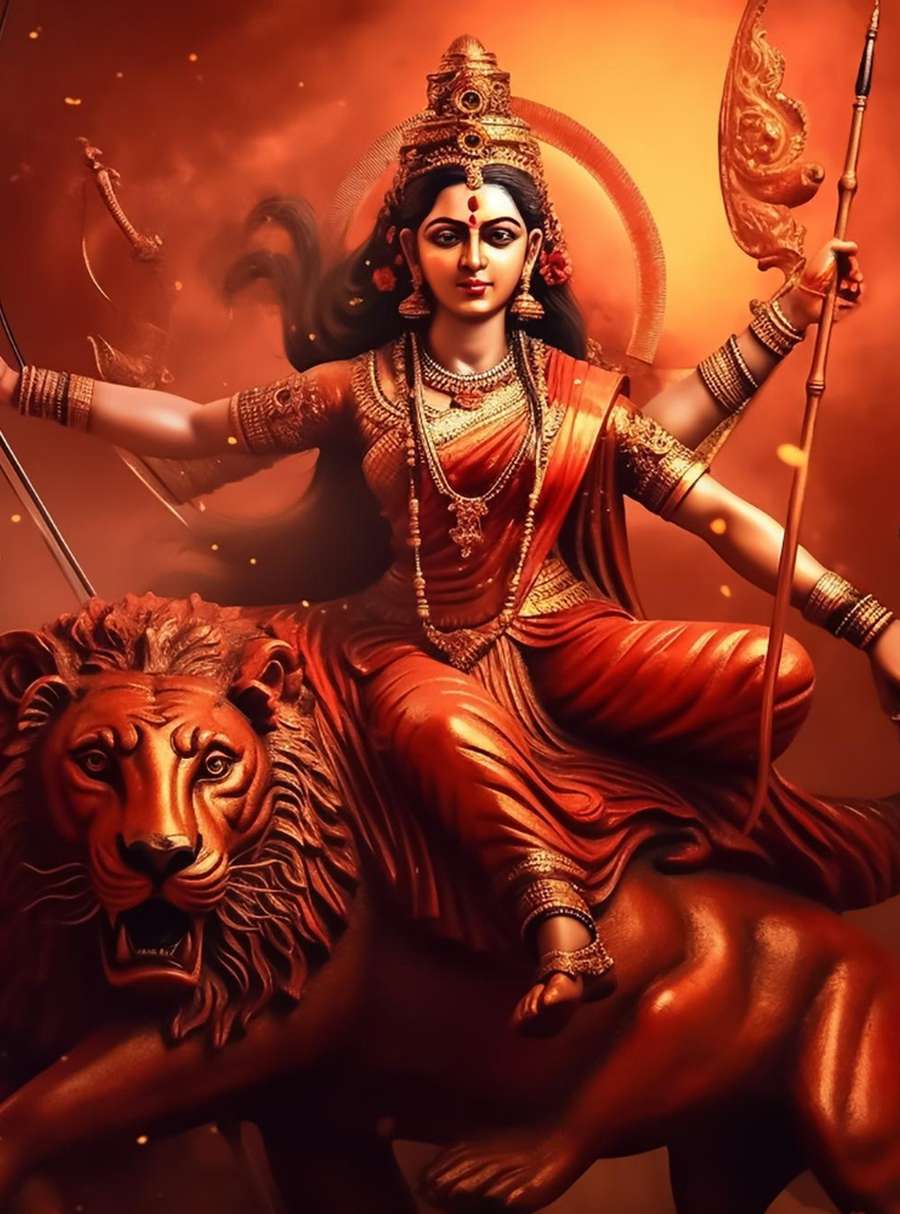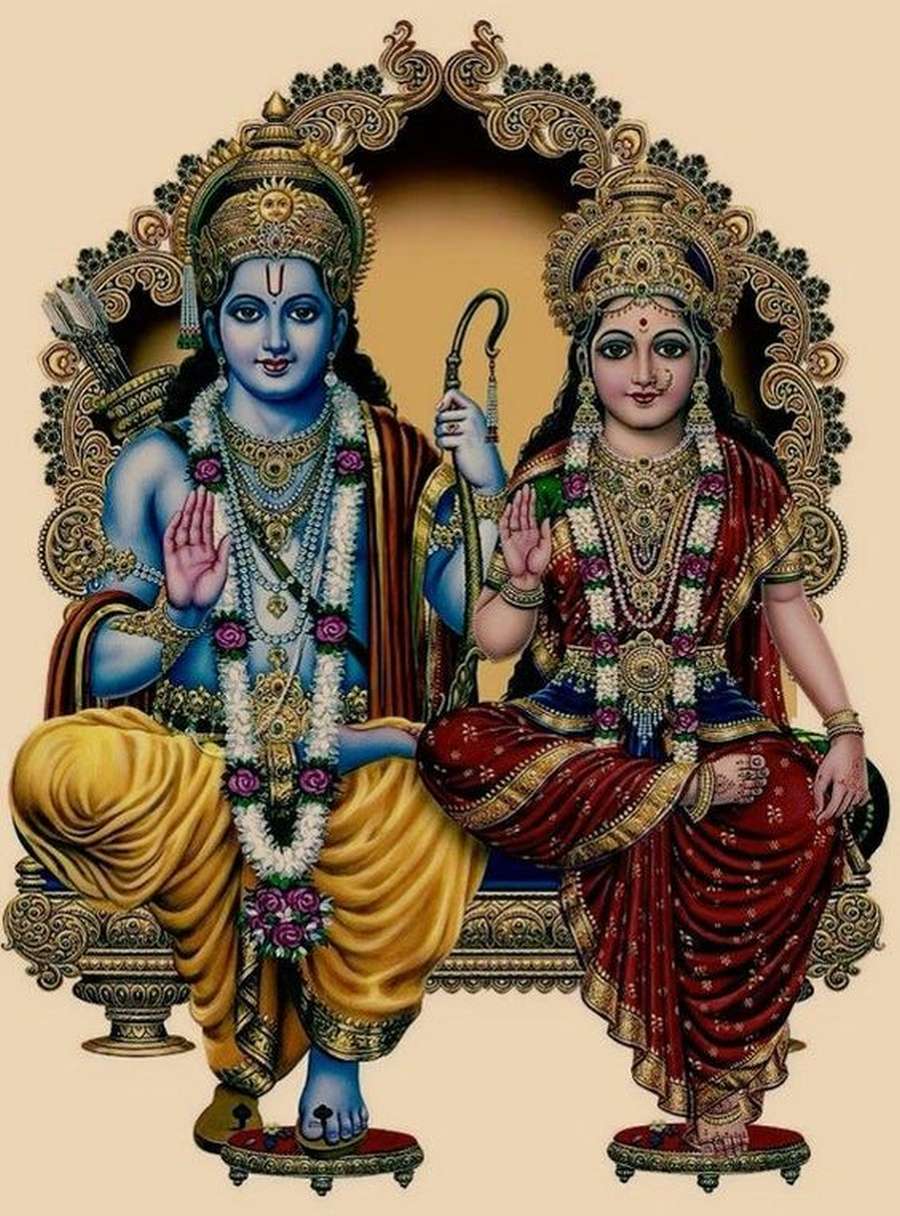

Dussehra Puja
Get Blessing of Lord Rama
Dussehra, also known as Vijayadashami, is a major Hindu festival celebrated in India and some other South Asian countries. The word "Dussehra" is derived from the Sanskrit words "Dasha" and "Hara," which together mean the defeat of the ten-headed demon king Ravana. The festival typically falls in the Hindu calendar month of Ashwin, which corresponds to September or October in the Gregorian calendar.
When to Perform Dussehra Puja?
Dussehra, also known as Vijayadashami, is celebrated on the tenth day of the bright half of the Hindu month of Ashwin. The festival usually falls in September or October in the Gregorian calendar.
Duration
Dussehra Puja is performed on the tenth day of the month of Ashvin, according to the Hindu calendar. And so, Dussehra puja is performed for 9 days.
Required Pooja Samagri
- Image of Lord Rama
- Image of Goddess Durga
- Akshat
- Flowers
- Lamps
- Incense Sticks
- Coconut
- Panchamrit
- Fruits
- Kumkum
- Betel Leaves
- Pooja Thali
Notes
Other requirements include Ganga Jal, Havan Samagri, Shankha, Red Thread, Durba Grass, Bowls, Plates.
Benefits of Puja
Participating in the puja with loved ones fosters harmony, strengthens.
Dussehra puja is considered a way to enhance spiritual growth and devotion.
Opportunity for individuals to connect with their faith.
The burning of effigies of Ravana during Dussehra is seen as purifying oneself.
Dussehra emphasizes the virtues of courage, loyalty, and righteousness.
It is believed that initiating positive actions during this time may lead to success.
